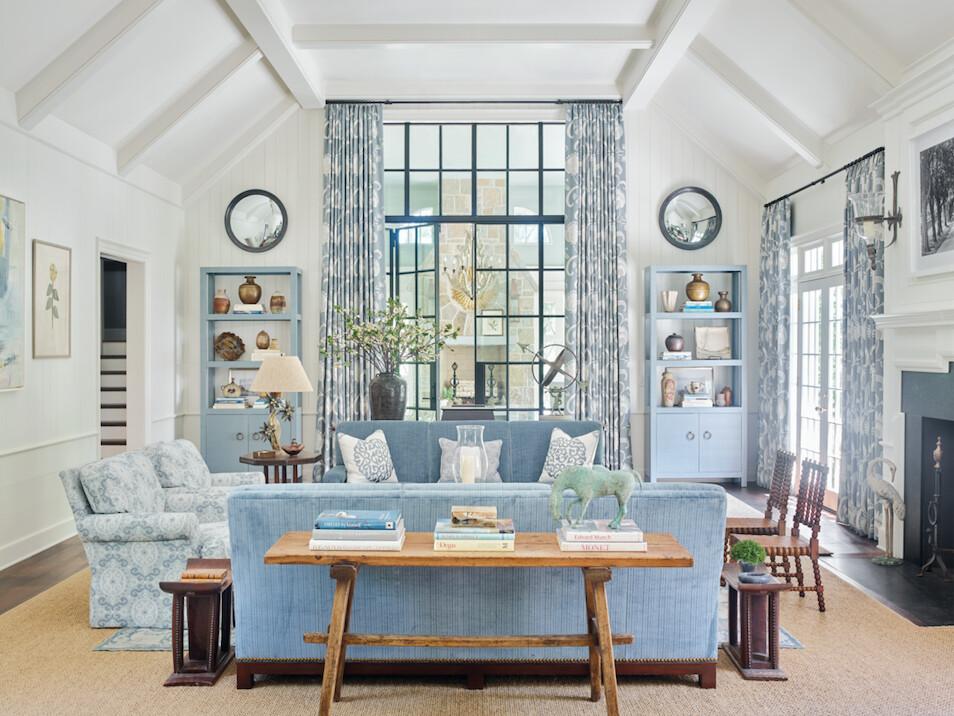Every house has an outward appearance to be made as presentable as possible, an interior continually to be set in order, and incessantly to be cleaned. And for those that dwell within it there are meals to be prepared and served; linen to be laundered and mended; personal garments to be brushed and pressed; and perhaps children to be cared for. There is also a door-bell to be answered in which manners as well as appearance come into play.
Beyond these fundamental necessities, luxuries can be added indefinitely, such as splendor of architecture, of gardening, and of furnishing, with every refinement of service that executive ability can produce. With all this genuine splendor possible only to the greatest establishments, a little house can no more compete than a diamond weighing but half a carat can compete with a stone weighing fifty times as much. And this is a good simile, because the perfect little house may be represented by a corner cut from precisely the same stone and differing therefore merely in size (and value naturally), whereas the house in bad taste and improperly run may be represented by a diamond that is off color and full of flaws; or in some instances, merely a piece of glass that to none but those as ignorant as its owner, for a moment suggests a gem of value.

